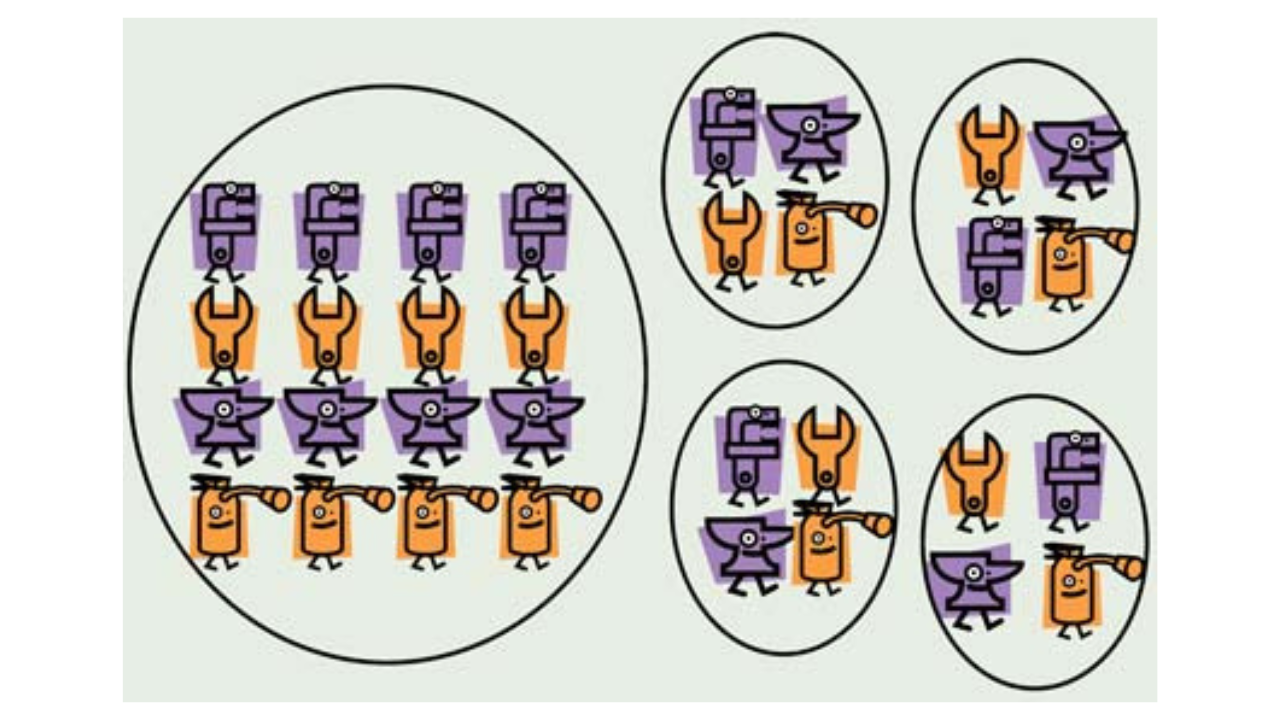Work Flow Concepts
Daryl Mather
As a result of recent audits and reviews of various medium to large-scale industry. I have found the following to be a general observation regarding work flow and the systems in place.
As technology for maintenance has moved forward there has been an increasing demand on the time of the maintenance-planning department.
Areas such as:
- Equipment profiling (Plant Index information)
- Parts listings (APL’s)
- Equipment strategy philosophies, investigation of proactive methods
- Analysis of system data
- Spares criticality assessments, ANSI management
- Advanced shutdown systems
- Equipment overhaul / replacement / repair procedures
All are key to progressing the maintenance delivery systems towards world-class status. Organisations may use various positions to analyse this function.
Roles such as Plant Engineers, Stores analysts, shutdown planning specialists as well as outside consultants can provide these functions. Functional decision of this nature determine the effectiveness of the maintenance effort as a whole and need to be considered early in the development / review process.
Often overlooked, or not clearly identified, are the basic systems that require attention for execution of everyday works.
Coupled with this has been the proliferation of advanced ERP/EAM systems, designed to manage the processes of an entire enterprise’ requirements. However very little time is spent integrating the new system with established and functioning processes.
Claims to be able to replace 40 other systems or so are only valid if there is a focus on integration also.
Resulting from this combination of new technologies and system management focus is a requirement for a definite scheduling function for short-term maintenance works.
This function revolves around the following areas of responsibility:
- Backlog Management
- Weekly Scheduling
- Execution systems
The effective implementation and execution of the number of processes required to sustain the above systems can have a dramatic effect immediately.
- Introduction of work order vetting or a work requesting system can more accurately focus backlog lists to corporate rules.
- Agreed priorities and work order classifications.
- 24 hourly review systems and reports provide the trigger for future backlog control with valuable information also being available for daily review. Requires attention to work order-raising rules.
- Weekly capacity scheduling for maintenance purposes to be introduced. This will drive the worker availability to higher levels. Initial results generally are a surprise.
- Introduction of weekly KPI style reports highlighting areas of low compliance.
- Stores interfaces on holding, reserving, ordering and repairing equipment.
- Review reports for RCFA and further analysis.
Although directly effecting maintenance the customers of the maintenance department need to have this information clearly explained to them. As well they need to be informed of any changes to business rules that require their participation. Eg Work Requesting, Scheduling etc.
Agreed work order KPI’s
Although there are a range of work order KPI’s to choose from the following I have found to be key in controlling necessary scheduling / backlog functions:
- Backlog
- Planned Work Orders (Minimum 1 Crew week)
- Unresourced
- Unestimated
- Waiting for parts
- Age of work orders by priority
- Backlog forward resources (Crew weeks equivalent 4 – 5 weeks)
- Average work order life
- Scheduling
- Planned / Scheduled Ratios (Inclusive of standing work orders)
- Maintenance type ratios
- Overtime as a percentage of total man hrs
- Contractor hrs
- Report of Unplanned / Unscheduled work orders per week
This provides an insight into the effectiveness of backlog control measures as well as the effectiveness of work control systems. From this point effective decisions can be made on:
- Work order criteria
- Planning criteria
- Work package development
- Execution methods
- Inclusion of repairs
- Worker flexibility
- Areas of investigation
- Either RCFA / or other optimisation technique
- Crew sizes
By developing the tools, training, work flows and measures for implementing the above systems a strong degree of control over the maintenance strategy can be developed. This will start the continuous improvement cycle by giving a baseline to improve upon.
The controls and benefits gained by effective scheduling and planning procedures are well documented and are not in question here.
Integrating them with the array of EAM systems in use as well as organising them in such a manner that they produce data that is focussed on improvement of the maintenance effort is the issue that has been overlooked. As has the effect of current technologies on the make up and focus of a maintenance planning department.
Related Articles

A Planner's Tool Kit

Uptime: Fill Out Work Orders? Who's Got Time for Paperwork?

Tips for Maintenance Planning

Centralized Maintenance vs. Decentralized

You Cannot Maximize Production or Reduce Costs Without the use of an Effective Planned Maintenance System

Work Order Prioritization




